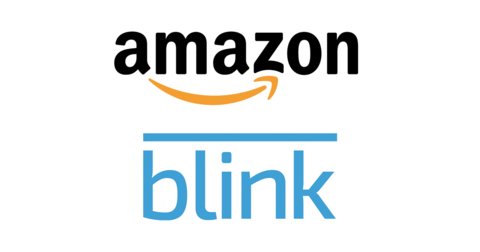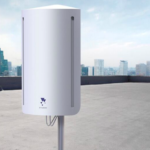Meet Starry, a startup that is trying to disrupt the cable internet monopoly
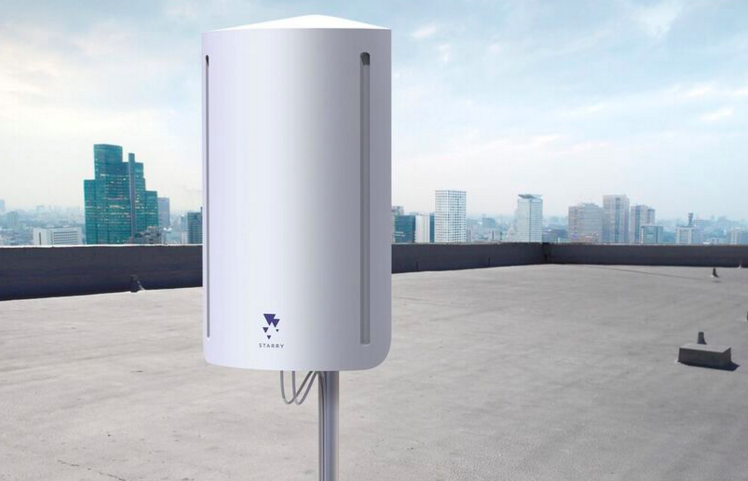
If you are like me, I’m tired of the monopoly of the cable companies. It gets even worse if you live outside the city. And I’m not alone, the choices are limited. Most Americans have a few Internet provider companies to choose from. The lack of choice has been going for over ten years. For most people, getting broadband internet at home requires signing up with one of two companies the they may not like much: the phone company or the cable company. Besides, the poor quality of customer service, these companies charge high prices to get the Internet speed that is lower than what people or South Korea or Europe get.
Starry is a Massachusetts-based wireless ISP startup you probably have never heard of. The company is trying to change that but not without challenges, hurdles and government regulations and other logistics risks. The company delivers lightning-fast, incredibly reliable, high speed internet service for only $50 a month. The company aims to bring competition into the high-speed internet market. It offers downloads and uploads at 200 megabits per second without data caps. Starry was founded in 2014 by Chaitanya Kanojia. To date, it has raised a total of $60 million in funding. This included $30 million in series B funding round.
So how did Starry do it? Starry delivers broadband by beaming millimeter waves over the air. Starry is not the only that has used this method. Other companies have taken similar approach, but Starry’s network relies on fewer but more precise transmitters covering longer distances. “You need point to multi-point,” said CEO Chet Kanojia in a meeting at Starry’s downtown offices in early December. “That’s the chief differentiator.” Based on the current success, Starry could change the narratives and level the playing field as to what it means to provide high-speed Internet service to homes and businesses. Millimeter waves has been around for some time. But it has not seen mainstream adoption. Millimeter waves are high-frequency radio waves that occupy a section of the electromagnetic spectrum that has never been used for consumer technologies. While WiFi, Bluetooth, and cellular carriers have operated on frequencies below 6 gigahertz, Starry is currently testing its technology at 38.2 GHz and 38.6 GHz (where waves are much shorter in length), with future plans to broadcast at 37 GHz and 40 GHz.
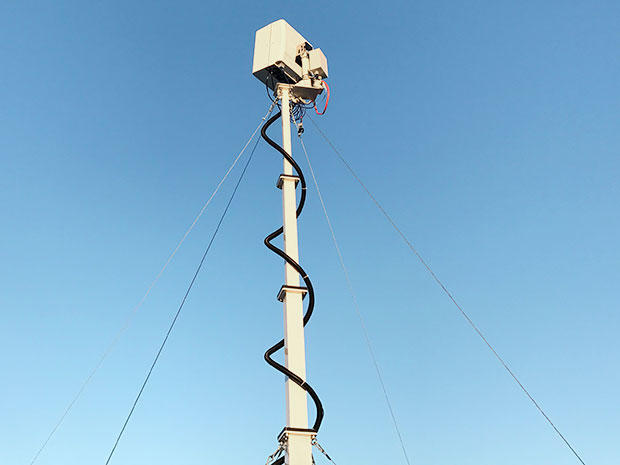
Based on their beta testing, the company said that millimeter waves can deliver ultra-fast broadband speeds up to 1 gigabit per second to customers over the air. One of Starry’s customers back up Starry’s claim. “The service has worked great for us!,” said Terry Xu, a software developer in Cambridge. Terry Xu sent the screenshots of speed tests showing downloads and uploads consistently exceeding 200 Mbps, sometimes 300 Mbps. Ping times however, were at worst 16 milliseconds, easily responsive enough for everyday use.
Starry also comes with a lot of features including Starry Station shown below. Starry Station is a state-of-the-art home WiFi hub that makes your internet faster, smarter, and easier — and it’s included with your Starry Internet subscription
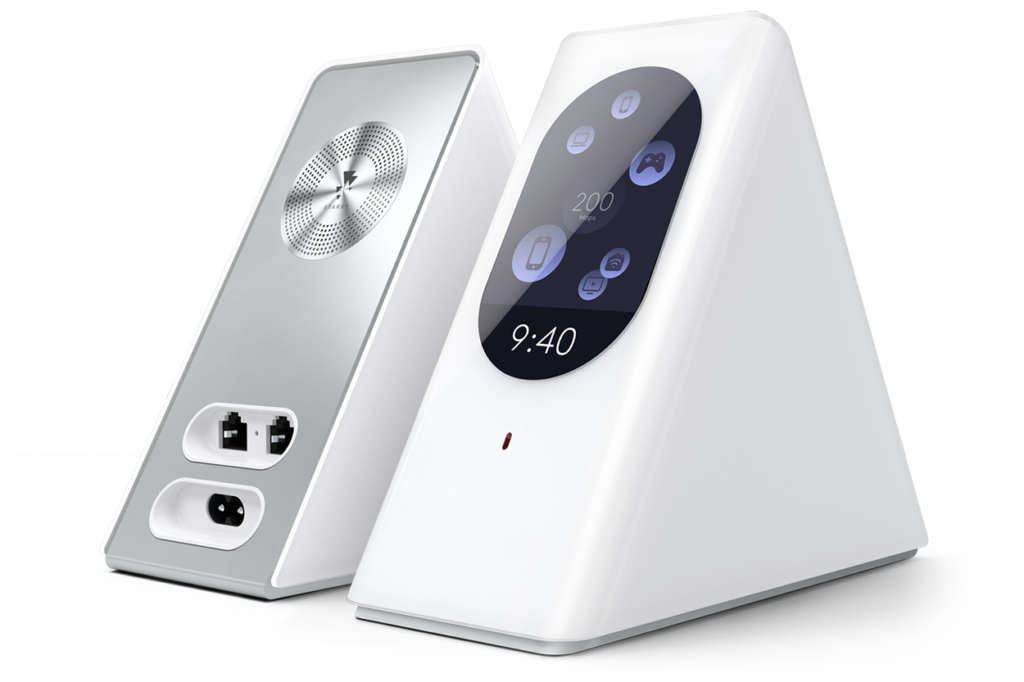
Below is Starry Station Specification.
Wireless
- 802.11a/b/g/n/ac
- 4×4:3 MIMO
- Dual-band 2.4 and 5GHz and dedicated 5GHz WiFi network
Automatic Updates
Overnight updates deliver new and improved product features
Requirements
Broadband internet connection (with cable, DSL or fiber modem / gateway)
Wired
2 Gigabit Ethernet ports for WAN (modem) and/or LAN (wired device)
Security
WPA2; Network Address Translation (NAT) firewall
Compatibility
Works with video streamers, PCs, Macs, smartphones, tablets, and other WiFi devices; NAT, DH
With Starry Station, you can see all of the devices that are connected to your network and how much data they’re using — so if streaming video is slow, you can unplug that data-hogging smart toaster. You can go to Starry’s availability check page to see if Starry is available in your area



